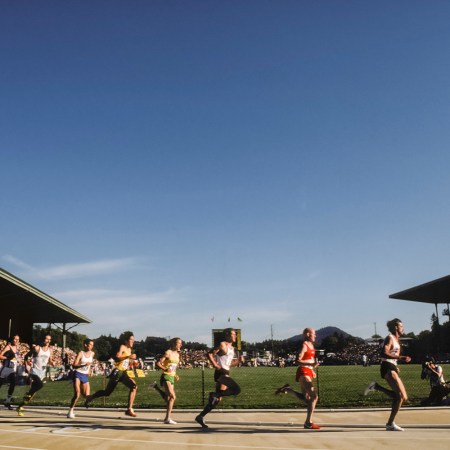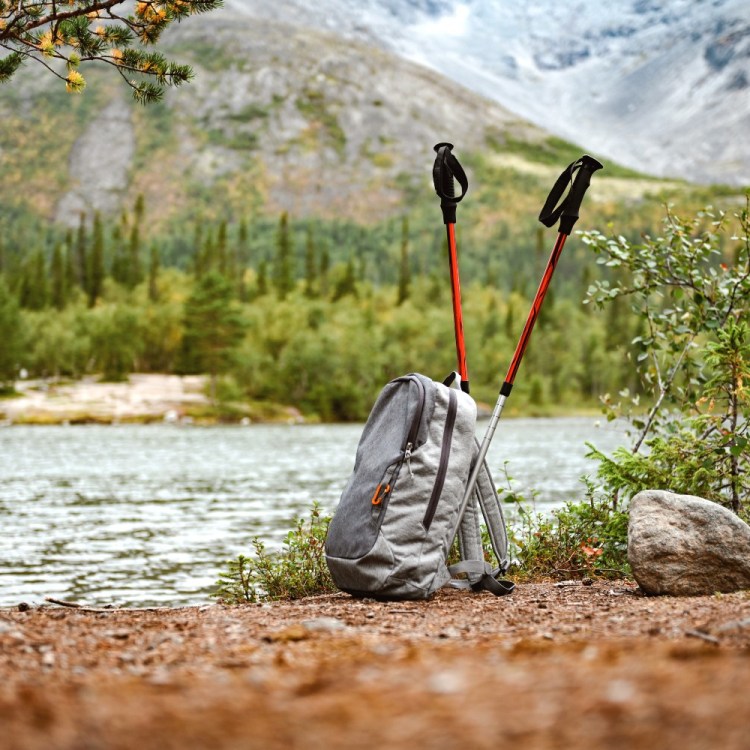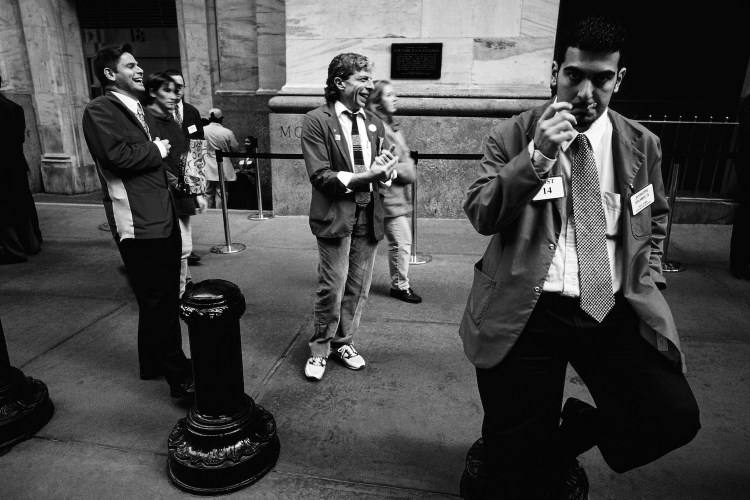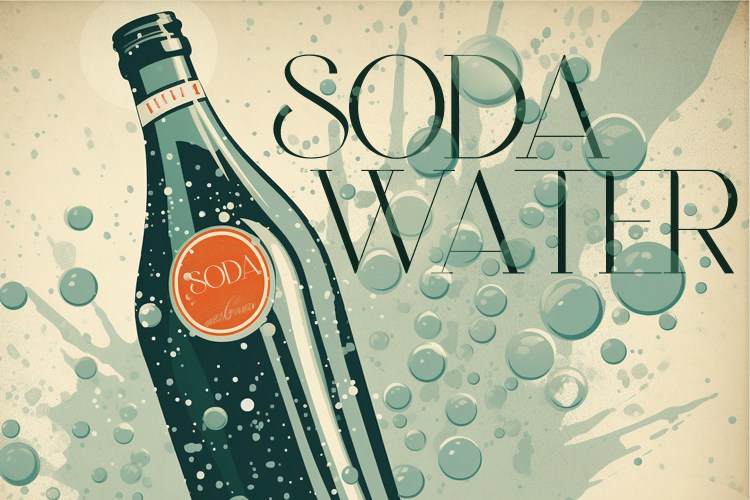“Thirty-five is the worst age,” Tom Hanks recently declared. “That time where your metabolism stops, gravity starts tearing you down, your bones start wearing off, you stand differently.”
If the Great American Everyman says it, it must be true. But I took a peek at the science just to be safe.
A Nature Aging study, published in August 2024, studied the “nonlinear dynamics” of aging and observed “substantial dysregulation” at two chronological ages: 44 and 60. But in an earlier study, the same team of Stanford researchers had pinpointed aging surges at 34, 60 and 78. So which is it?
I wouldn’t sweat the exact number. These studies have to make do with protein samples from different populations, so there’s bound to be variance. Hanks is onto something either way — and the most important takeaway here, as summarized by neuroscientist Tony Wyss-Coray, is twofold:
- We age much earlier than we once thought
- Once aging arrives, it hits hard
The Charge by InsideHook
A wellness newsletter to help you move better, think clearer and stay in the game longer. One email every Monday — we’re building habits, not chasing hacks.
What an “Aging Surge” Looks (and Feels) Like
Researchers identify signs of aging at the molecular level, scanning tens of thousands of blood samples and nasal swabs. But there are so many surface-level signs, too — signals you can track without a lab.
If you’ve blown out the candles at least 34 times, it’s time to pay attention. Are your jeans fitting the way they used to? Does one night of drinking now cost you an entire weekend? Are you getting sick more often? Does your skin seem thinner or more wrinkly? Are you waking up in the night? Do your hips regularly ache in the morning? Is an everyday task (like carrying groceries up the stairs) much harder?
An aging surge brings weight gain, muscle loss, rising cholesterol levels, poor immune regulation and compromised carbohydrate metabolism. All are telltale markers that you’re slowing down. But that doesn’t mean they have to show up in your 30s…or slam you at 60.
There’s a difference, after all, between chronological age and “biological age,” which is an individual’s estimated internal age, based on lifestyle, genetics and environment, measured at the cellular level. This is now big business, as pricey labs offer motivated adults a chance to look under the hood — and possibly come back armed with something to brag about at a dinner party.
Instead of obsessing over your precise biological age, though, I’d recommend honing in on the stuff that we know keeps it in an ideal range. Skip the test, dive straight into the protocol and trust that you’ll be able to feel the difference, whether you’re approaching your late 30s or already past them. (Yes, it’s possible to turn back your physiological age!)
Can the “Flow State” Save Us From Distraction?
Coined by psychologist Mihaly Csikszentmihalyi, flow offers rare clarity. We asked athletes, chefs and musicians how they find it again and again — and how you can, too.A 5-Step Protocol for Healthy Aging
So you want to delay one of those terrifying aging surges. Or even more daunting — you’re pretty sure you’ve already been through one, and you’re looking to rewind your biological clock. Where do you even start?
I’d recommend focusing on the body’s five key systems: heart, muscles, skin, cells and brain. They’re the most responsible for how you feel, function and age, and when you support them in simple, consistent ways, the benefits add up fast.
1. Your Heart
Zone 2 cardio is your best friend — and unlike HIIT, a friend you can reliably count on for the rest of your life. Plug in a 45-minute session three to four days a week. Think: light runs, steady-state cycles, brisk walks. If you’re more adventurous, rucking and cross-country skiing are great options, too.
Beyond improved mitochondrial health and heart rate, aerobic exercise also optimizes “metabolic flexibility,” your body’s ability to switch between burning carbs and fat depending on the demand. That means fewer cravings, better endurance, more stable energy throughout the day and a lower risk of insulin resistance.
On top of prioritizing Zone 2, I’d seriously recommend cutting out ultra-processed foods. Head here to read our entire survivor’s guide on that topic . Finally, you could also start measuring your blood pressure.
2. Your Muscles
We lose up to 8% of our muscle mass per decade after age 30 — and the decline speeds up after 50. Your single best defense is to start strength training. If you’re intimidated by the gym floor, don’t worry. Resistance bands count. Your bodyweight counts. A single kettlebell can accomplish more than most machines.
If you have no clue where to start, check out our short workouts guide. There are five circuits in there, all 20 minutes or less, with all sorts of exercises (isometric holds, plyometric moves, upper body, lower body, etc.).
This sort of work is a slog, I know, but the rewards are so rich: you look and feel better in your younger years, and you’re infinitely more capable in your later ones: steadier on your feet, capable of running your own errands, you name it.
3. Your Skin
Wear sunscreen! UV exposure is the primary accelerator of external aging. A lifetime in the sun makes the skin less elastic, breaks down collagen and causes inflammation in the body — creating chronic stress for the immune system.
When you’re younger, it’s easier for your skin to repair itself (e.g., bounce back from a sunburn by peeling). But this slows down as your risk of skin cancer increases. There are other promising methods you can look into here, from retinol use to vitamin C serums to cold water exposure, but first and foremost, make sure you’re wearing sunscreen. Every day, rain or shine.
4. Your Cells
Certain lifestyle behaviors lead to chronic inflammation in the cells. You can probably guess which. Drinking alcohol, smoking cigarettes and eating ultra-processed foods are the big ones. Instead of ranting about vices, though, I’ll lean more positive here: get as much sleep as you possibly can.
That’s usually seven to nine hours a night. I think it’s telling that aging accelerates in an individual’s late 30s, when they’re most likely to have young kids or increasing responsibilities at work. So I understand if over seven hours of sleep is all but impossible. But aim for it anyway, with good sleep hygiene and a schedule that makes sense.
5. Your Brain
Middle-aged brain fog is real — and not just for women in menopause. As testosterone levels decline in men, the shift can contribute to mental drift: lower motivation, slower recall, fuzzier focus. But brain-related aging isn’t just hormonal. It’s also behavioral.
Consider: Do you feel intellectually challenged at work? When’s the last time you practiced a new skill? Are you part of a strong, engaged social circle? Investing in what’s known as “cognitive reserve” ensures you’re able to reason, remember, learn, plan and adapt well into adulthood.
Unlike the other sections in this protocol, I can’t send you off with a single task here. But at the same time, you don’t need to reinvent your life. Just read more, take up a hobby, talk to more people in real life. Perform regular self-audits to make sure you feel engaged, challenged and inspired. The whole point of living longer, of delaying these aging surges, is to stay sharp enough — and present enough — to actually enjoy the ride.
Whether you’re looking to get into shape, or just get out of a funk, The Charge has got you covered. Sign up for our new wellness newsletter today.

























